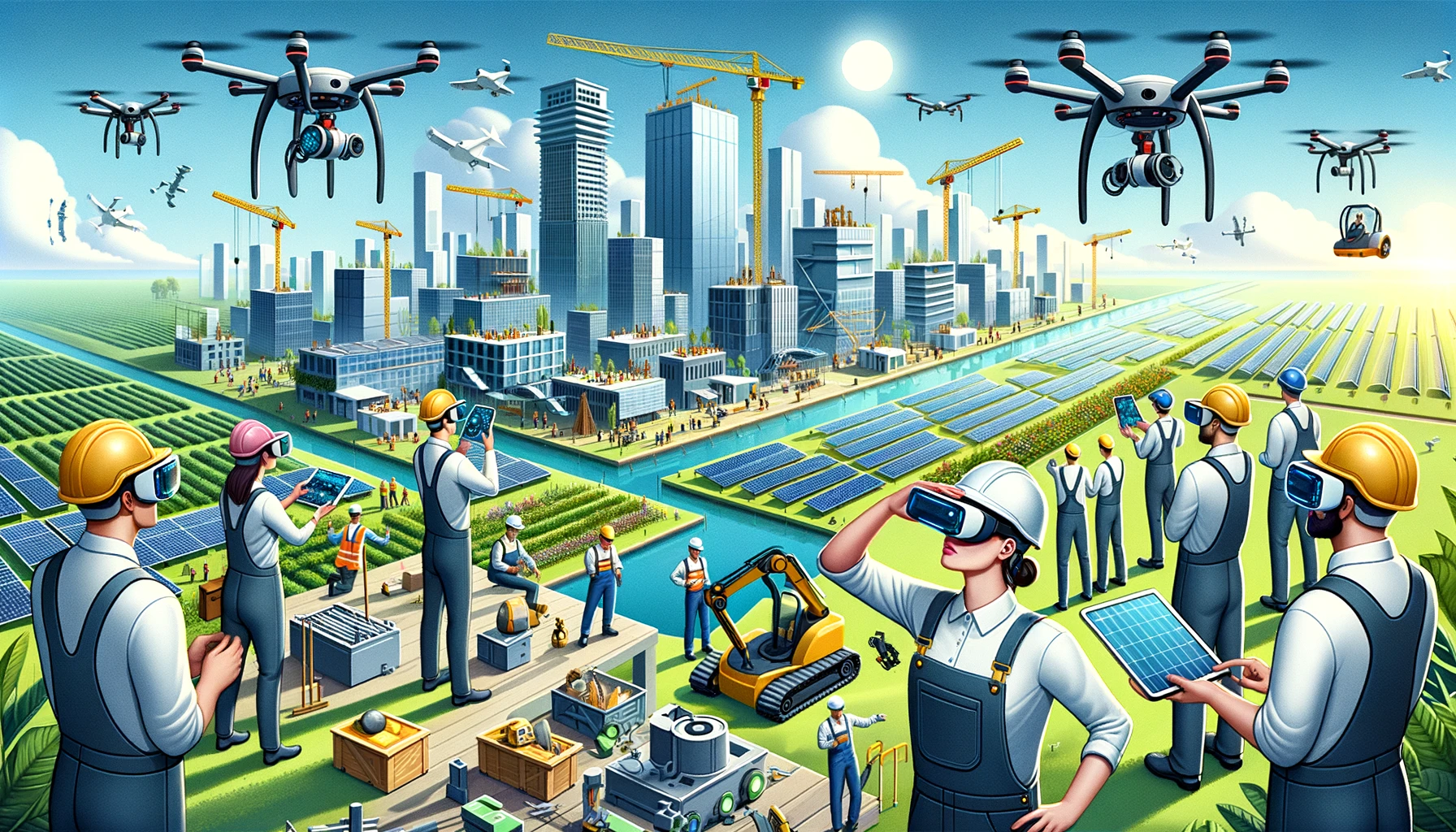
The Future of Work: Trends in the Skilled Trades Sector
The skilled trades sector is witnessing a dynamic evolution driven by several factors including technological innovations, changing workforce demographics, and new working models. Here’s a closer look at some of the trends propelling the skilled trades into a new era
Evolving Workforce Dynamics:
The mindset, culture, and composition of the workforce are changing with Millennials now forming the largest segment of U.S. workers. The transition of Baby Boomers into supervisory roles and the different work expectations of the younger generation are reshaping workplace dynamics1.
Technological Advancements:
Augmented Reality (AR): Facilitating real-time visualization and remote assistance, AR is revolutionizing how tradespeople approach their projects.
Automation and Robotics: Enhancing precision and efficiency in project execution, automation is paving the way for a new era in the skilled trades23.
Remote Work and Hybrid Models:
Amid the rise of remote work, the integration of hybrid work models even in hands-on trades, facilitated by advanced monitoring and communication technologies, is a notable trend4.
Green Construction:
The surge in green construction, driven by the demand for sustainability, is creating ample opportunities for skilled tradespeople proficient in eco-friendly practices3.
Employee Surveillance:
The monitoring of remote and on-site workers for productivity and well-being, often termed as "virtual connectivity", is part of the broader trend of creating smart workspaces1.
Continuous Learning and Upskilling:
The ability to continually upgrade skills is becoming increasingly crucial, driven by the rapid pace of technological advancements in the sector.
The convergence of these trends is fostering a transformative phase in the skilled trades sector, promising a future of enhanced efficiency, quality, and job satisfaction.